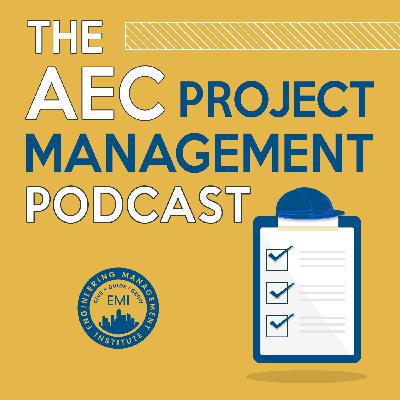How Early Energy Modeling Prevents Oversizing and Costly Mistakes – Ep 088
Update: 2025-09-29
Description
In this episode, I talk with Matthew Duffy, Vice President of IESVE Sales North America East at IES Ltd., about how early energy modeling shapes smarter project decisions. We explore how 3D simulation helps right-size HVAC systems, connect sustainability goals with budget realities, and give project managers powerful tools to lead with clarity and confidence. […]
The post How Early Energy Modeling Prevents Oversizing and Costly Mistakes – Ep 088 appeared first on Engineering Management Institute.
Comments
In Channel





